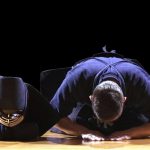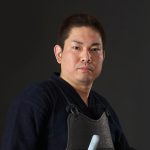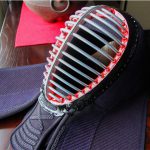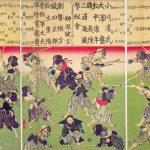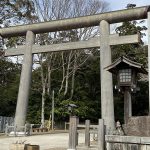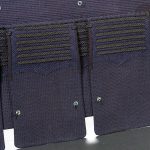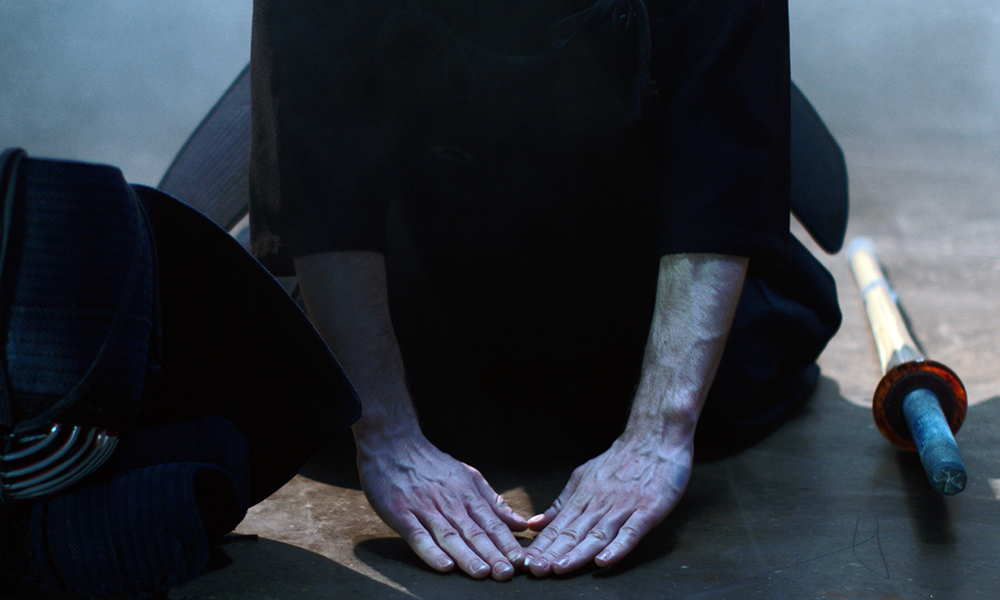
There are all kinds of sports in our world, but a big difference between kendo and other sports is its approach towards “manners”. Many people have the image that if you take up kendo you will learn good manners. Why is kendo so strict when it comes to enforcing etiquette? Here we will look at some of the reasons behind and the specifics of kendo etiquette, and how being dedicated in displaying correct etiquette can lead to beautiful kendo.
It is a well known idiom amongst kendoka that kendo “begins and ends with rei”. This is actually somewhat of a pun as the original Japanese can mean both manners/etiquette as well as the physical act of a bow, which you do at the beginning and end of every keiko. 礼で始まる、礼で終わる It is a good indication of how much manners are treasured in kendo.
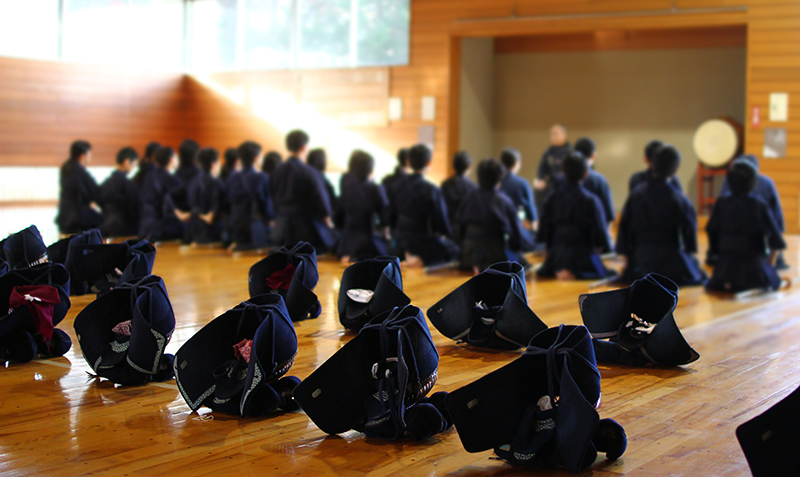
In reality, many kendoka do not see themselves as pursuing a sport. Instead kendo is a budo where you face an opponent, and is also valued as a way of training yourself and improving your skill as well as your mentality. To start, most training, as well as matches, will not be possible without an opponent; which is much like a sport. However, you can only pursue kendo in confidence by having a better understanding of the need to both train yourself, but also to create the environment in which you opponent can also learn. There must be the acknowledgment that you are relying on that person in order to practice kendo.
Having an opponent is extremely important, and it is crucial to have a sense of gratitude and respect. The “etiquette” of kendo are expressions in which those this feeling is reflected. During practice and in matches, you show respect towards you opponent who has worked hard in training to be there, and also gratitude for giving him/her your best in whatever practice you are doing (jigeiko, shiai, tachiai, kata, kihongeiko, kakarigeiko and so on…). Manners are crucial in order to create beautiful kendo that expresses a heart of sincerity, respect, and dignity at all times.
There are many times when you bow (as alluded to above, in Japanese the word for “manners” and “bow” are the same: rei), so let us take a look at some of them. You bow when you enter or leave the dojo; you bow to your superiors or your trainers; you bow toward the upper seat (kamiza) before and after practice as well as before and after matches. It is difficult to think of a time in kendo where you don’t bow. In general there are two types of bows: the standing bow and sitting bow.
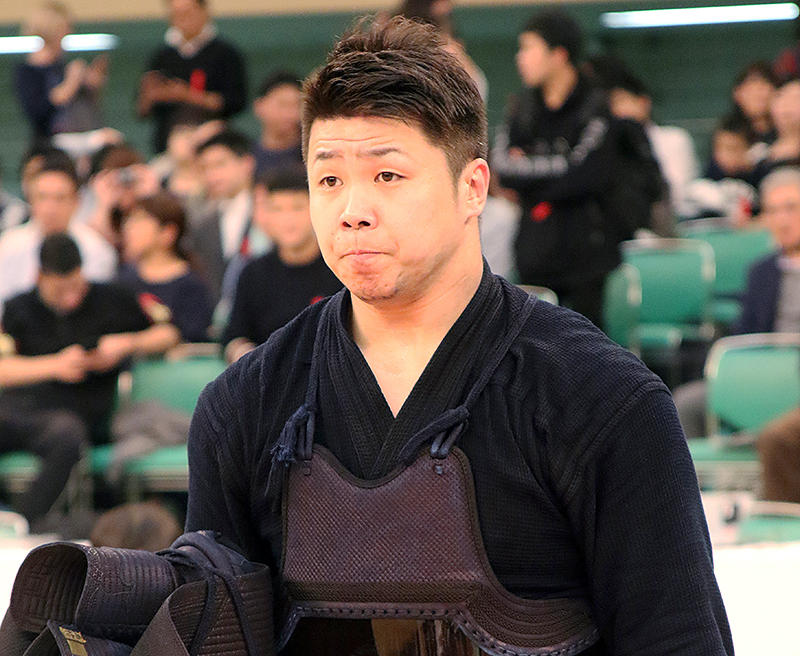
The standing bow is done when entering the dojo. Bowing toward the dojo signifies a heart of gratitude that acknowledges the fact that you can practice or hold matches at that dojo. When you first enter the dojo, you often give the greeting, “Onegaishimasu!” before bowing. As a guide, straighten your neck and back and slowly bend your hips to about 15-30 degrees down. There are also deeper bows where you bend to about 45 degrees. The 45 degree bow is done towards your sensei, the upper seat, and your instructors. You should also be mindful of your equipment. For example, you should always lift and carry your bogu bag when entering the dojo – a flight bag with wheels may be convenient, but dragging it noisily across the dojo is definitle a faux pas!
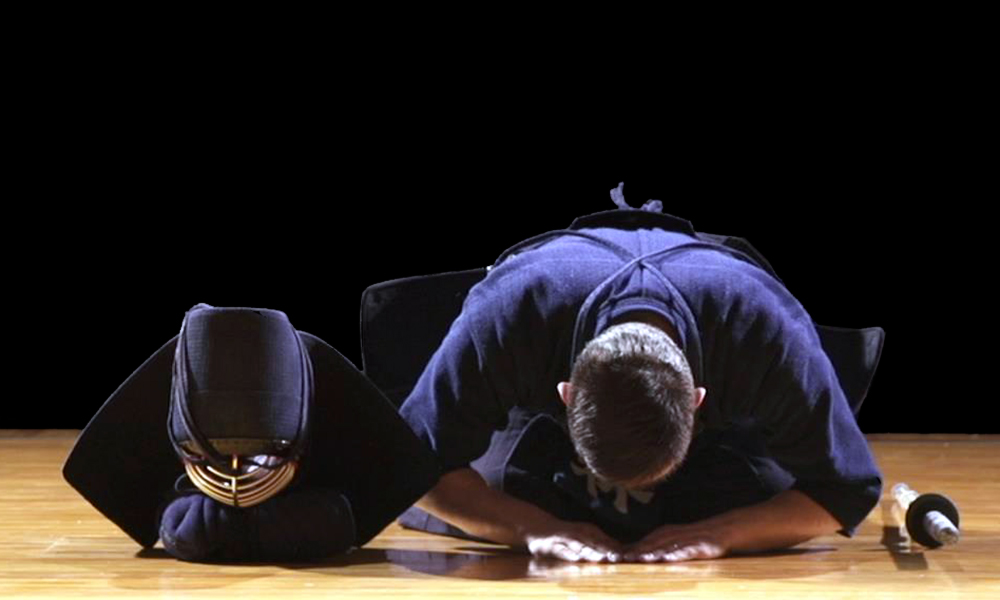
The sitting bow is done before practice. Sit with your knees folded under, straighten you back, and slowly bend your hips until both of your elbows are touching the floor and your upper body is bent to the floor. Create a triangle with your two arms, and fit your nose inside that triangle. The sitting bow is done toward the instructors, your superiors, and sensei. Usually it is done in the following order: bowing straight in front, bowing toward the instructors, bowing to each other. When bowing in front, if there is a kamidana (altar for a shinto deity) bow towards that. If not bow towards the upper seat.
As written above, kendo “begins and ends with manners”. This is true not only during your practices but also when you have matches or enter tournaments. When you have a match, you bow facing your opponent before taking your position. When you finish, players must also bow to each other before departing.
During the match, if the umpire calls you out for an infringement, you bow towards the umpire. The match is only made possible because of the opponent and the umpire, so the bows both before and after the match must not be done carelessly, but with dignity and style. This mindset makes kendo stand out compared to other athletic pursuits.
Manners/bowing are a vital part of your mentality toward kendo (or any budo for that matter). A neat bowing posture is achieved by bending your upper body from your hips in front at about a 30-45 degree angle. Keep your head down for about 3 seconds and fix your eyes on the floor in front. If it’s before a match, look your opponent in the eye and bow with thoughts like: “I will play cleanly and do my best.” and “Thank you for this opportunity.”. The bow after the match is a measure of thanks shown to the opponent regardless of the outcome.
Please remember this in order to keep a sense of dignity during kendo practices and matches. It is also courteous to visit your opponent after your match and thank them personally if you have time and it does not cause a nuisance.
As you pursue kendo, it is important to foster a caring attitude just as much as developing your physicality. As it is a budo that “begins and ends in manners”; displaying manners correctly (and thoguhtfully) not only counts in promotion examinations, but enables you to develop a sense of maturity as a kendo player and earn respect from other kenshi.
 | Did you like what you've just read? Check this out. |



